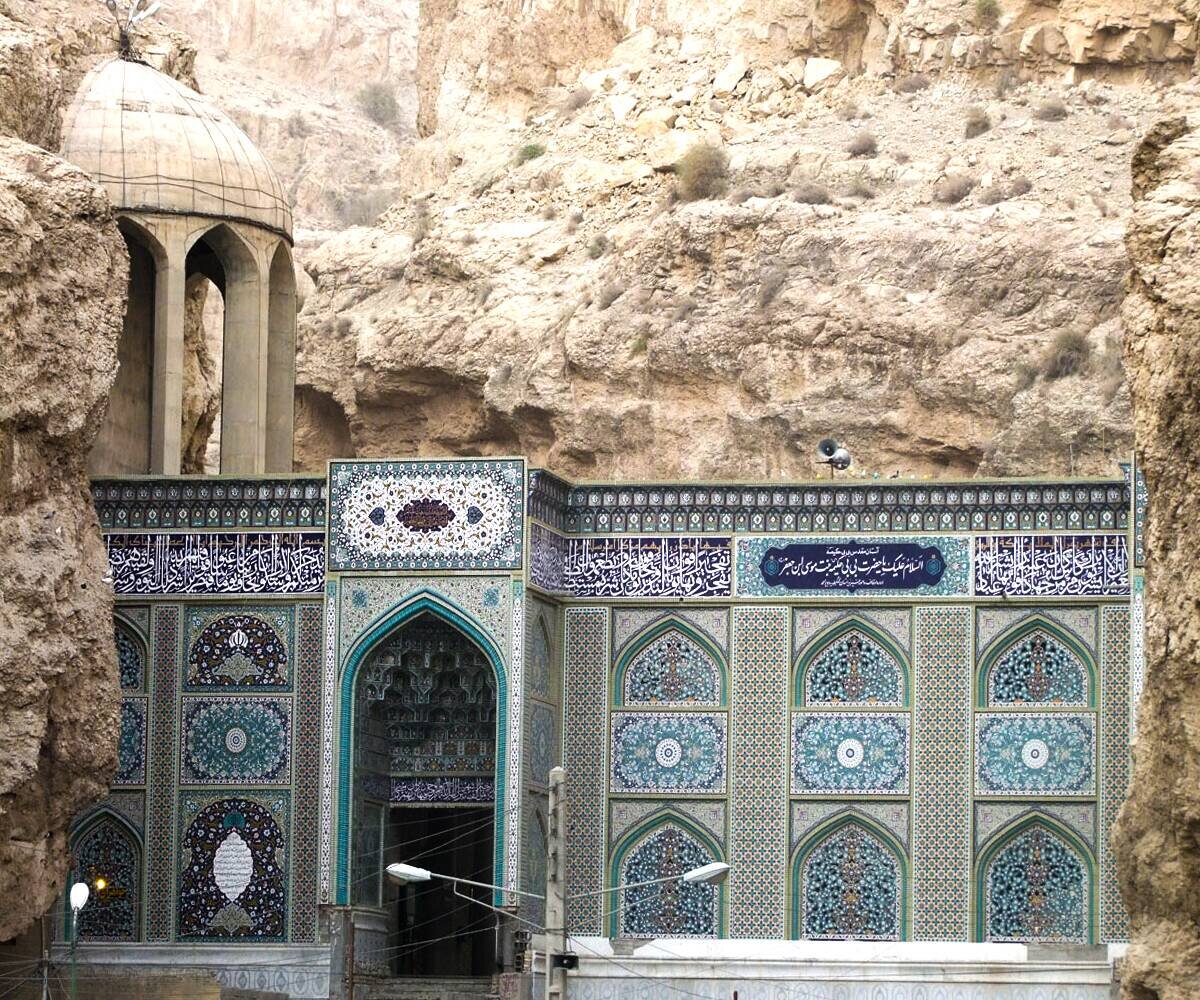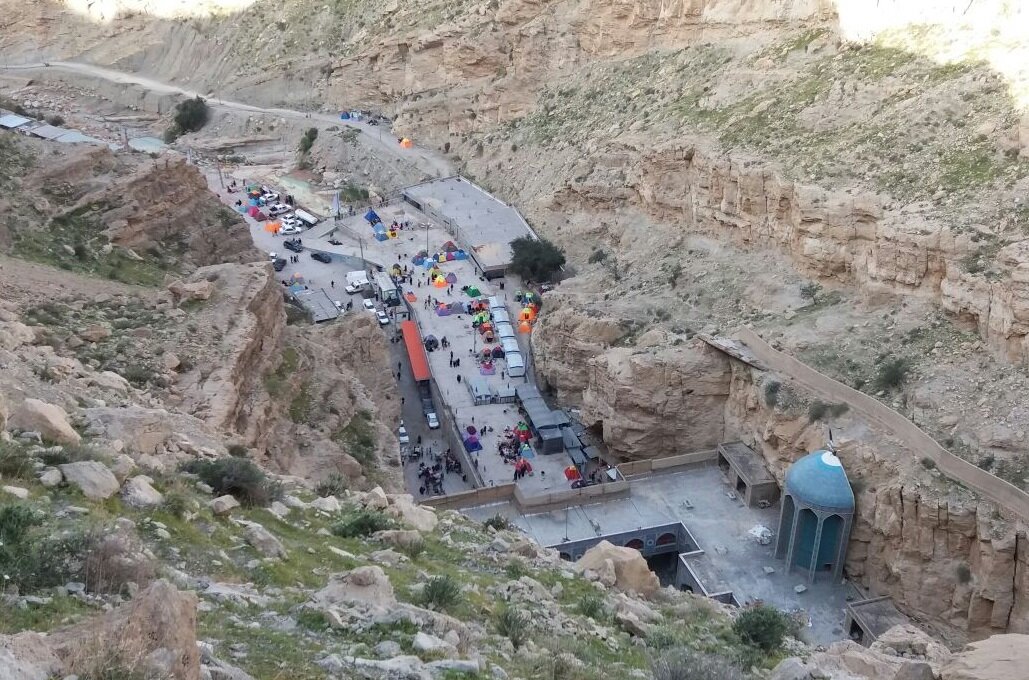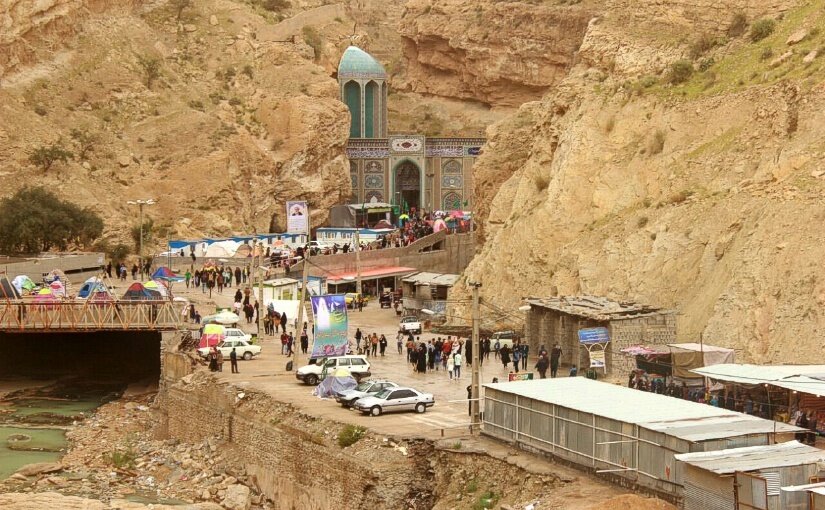Discover spiritual serenity of Bibi Hakimeh mausoleum

TEHRAN - Nestled deep within the rugged Zagros Mountains, the mausoleum of Imamzadeh Bibi Hakimeh, attracts domestic visitors and pilgrims from countries like Kuwait, Bahrain, the UAE, Qatar, Lebanon, Iraq, Saudi Arabia, and Syria.
Located 100 kilometers southwest of Gachsaran in the Kohgiluyeh-Boyerahmad province, this revered shrine is a significant destination for religious tourism, drawing pilgrims from across Iran and neighboring Persian Gulf countries throughout the year.
Historical and spiritual significance
The mausoleum is dedicated to Bibi Hakimeh, the esteemed daughter of the seventh Shia Imam, Imam Musa al-Kadhim (peace be upon him), and the sister of Imam Reza, the eighth Shia Imam, (peace be upon him).
Her resting place is revered as one of the most important Imamzadehs in southern Iran, attracting visitors who seek spiritual connection and healing.

Unique architectural features
Bibi Hakimeh’s shrine is uniquely constructed within a natural cave, utilizing the mountain’s stone walls on three sides. This gives the structure an organic, uneven form that blends seamlessly with its surroundings.
The interior walls are reinforced with cement to protect against the elements, while the height of the mausoleum reaches over 10 meters from floor to roof. Visitors ascend 12 stairs from the shrine’s basement to reach the masculine and feminine entrances, each leading to the heart of this sacred space.
Healing spring and natural beauty
Near the shrine, a natural hot spring offers visitors a chance for physical and spiritual rejuvenation. Many pilgrims believe in the therapeutic properties of the spring’s waters, seeking relief and healing during their visits.
The surrounding landscape, characterized by the dramatic contours of the Zagros Mountains, enhances the sense of peace and reflection.

Best time to visit
While the mausoleum is a year-round pilgrimage site, the optimal time to visit is from early autumn to late spring, when the climate is most pleasant.
During these months, especially around the Iranian New Year (Nowruz), the site sees an influx of visitors from across Iran and the Persian Gulf, each drawn by the shrine’s sacred aura and the region’s natural beauty.
Accessibility
Despite its remote location, the mausoleum is accessible via a well-maintained asphalt road, ensuring a smooth journey for pilgrims and tourists alike. This accessibility, coupled with the site’s profound spiritual significance, makes it a must-visit destination for those exploring the spiritual and cultural depths of Iran.
A welcoming pilgrimage site
This international presence underscores the mausoleum’s significance as a spiritual haven and a bridge connecting diverse Shia communities.
Whether you seek spiritual enlightenment, historical insight, or simply a tranquil retreat, the mausoleum offers a unique and deeply moving experience in the heart of southern Iran’s majestic mountains.
AM
Leave a Comment